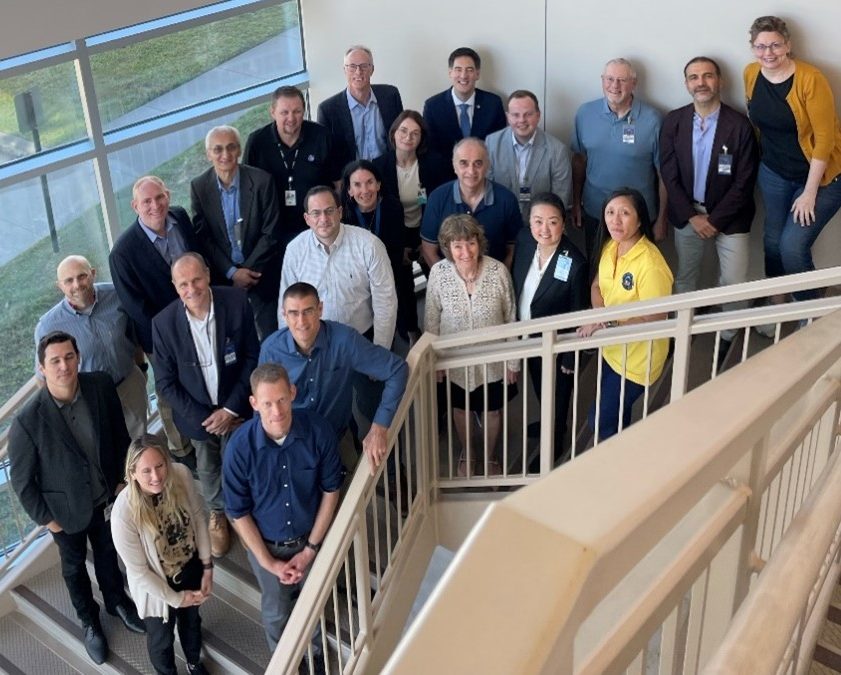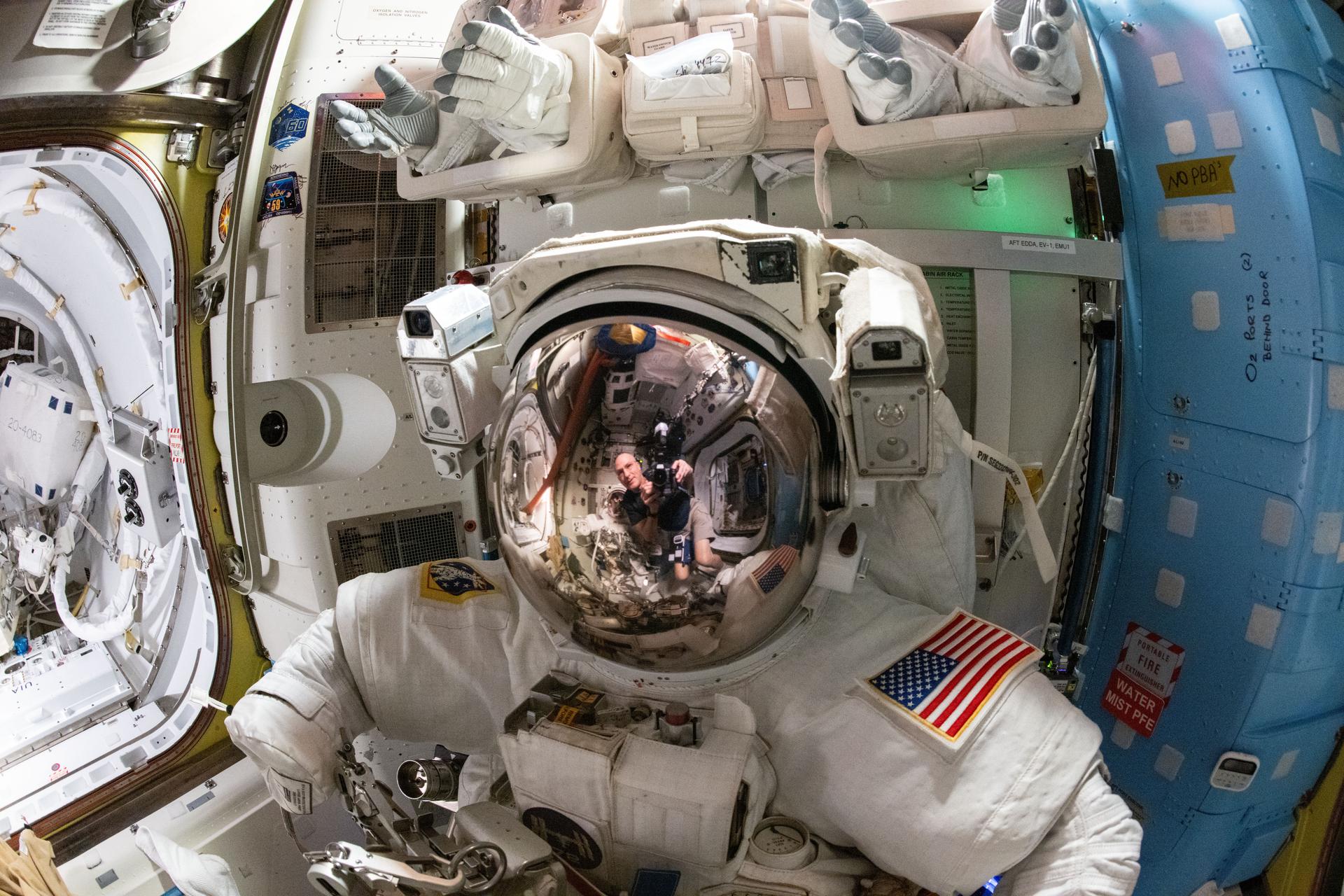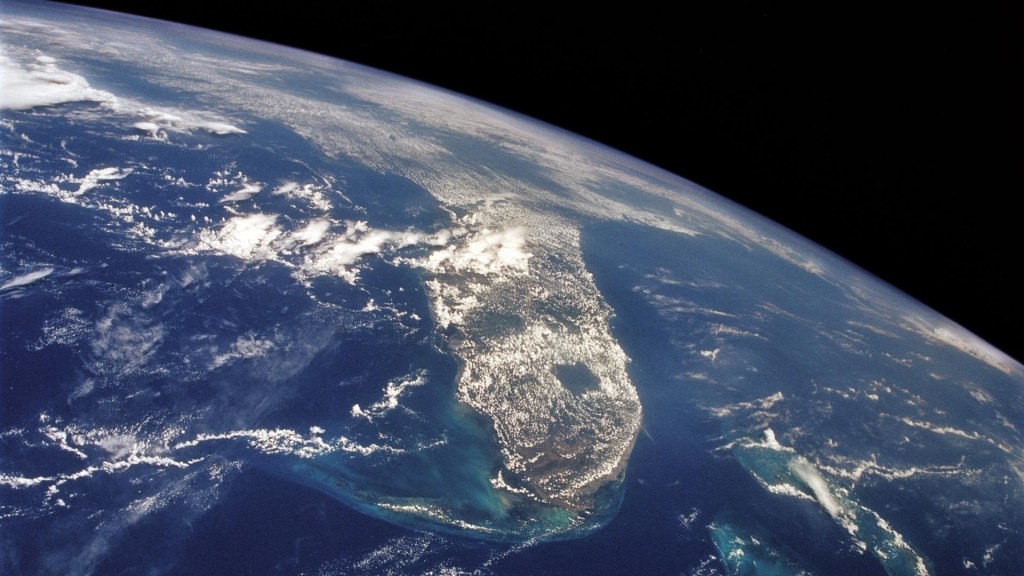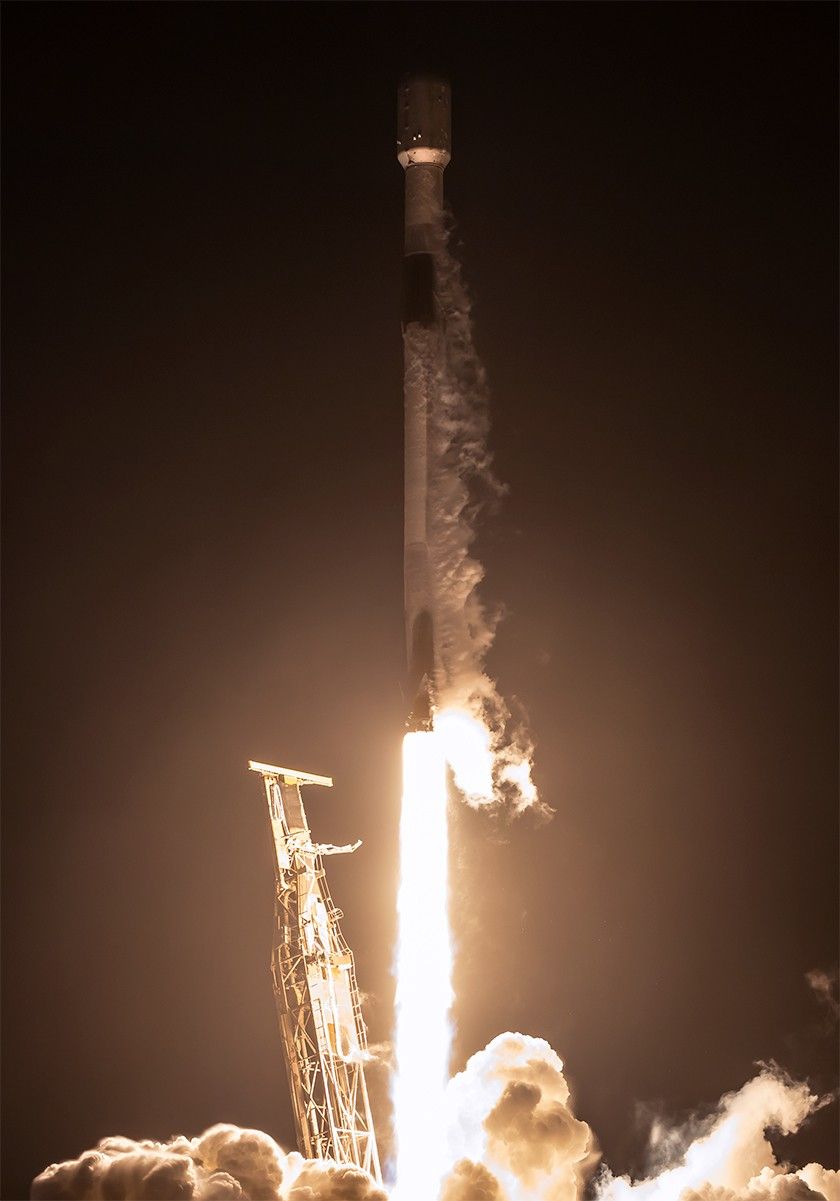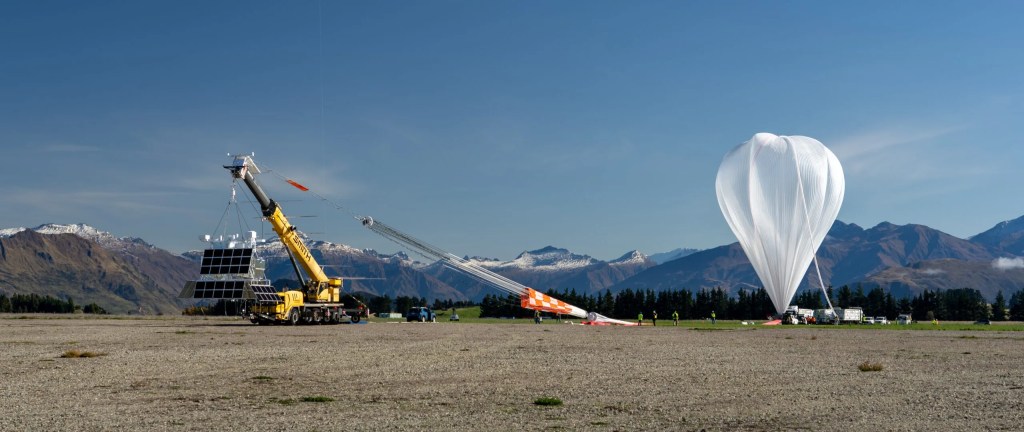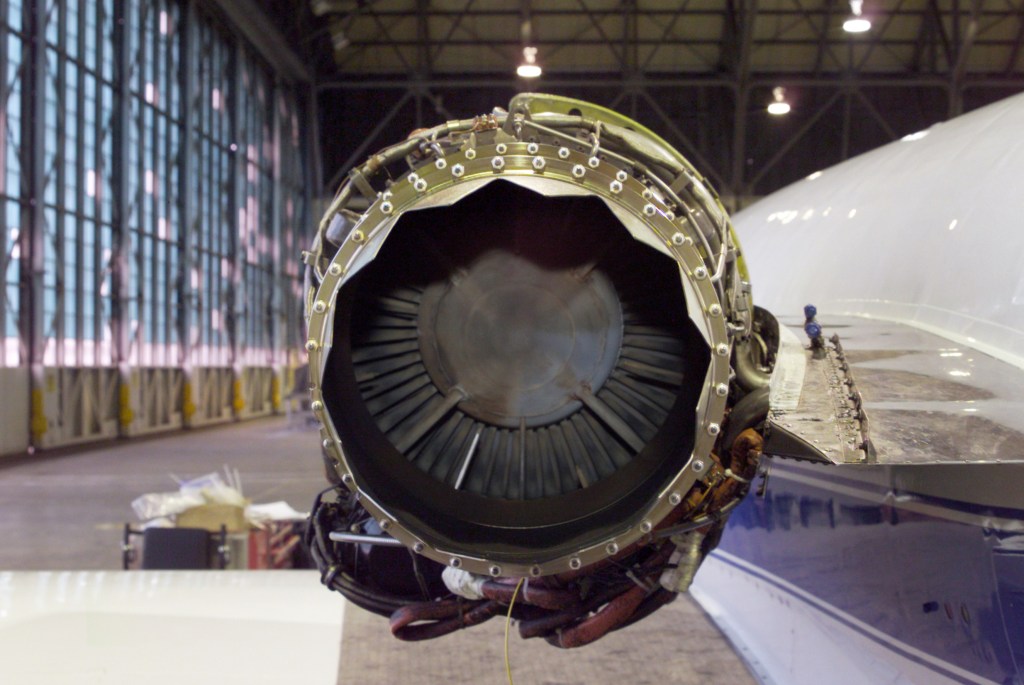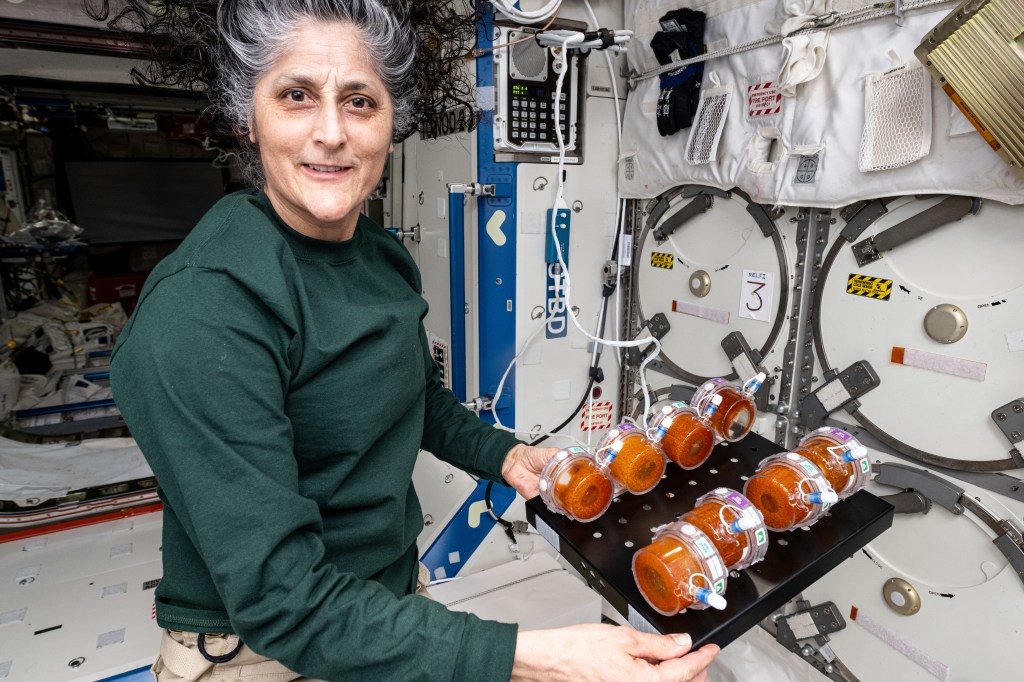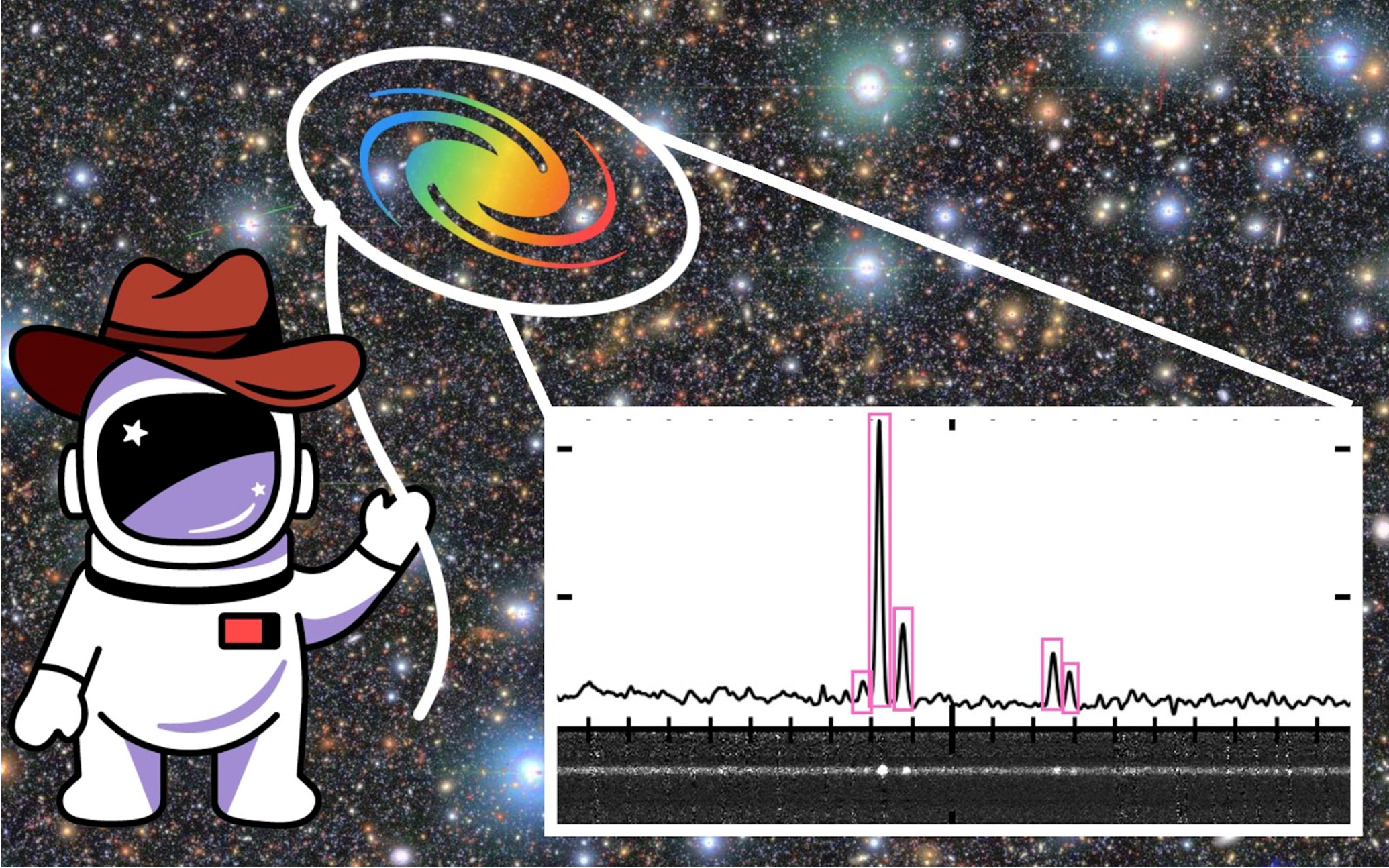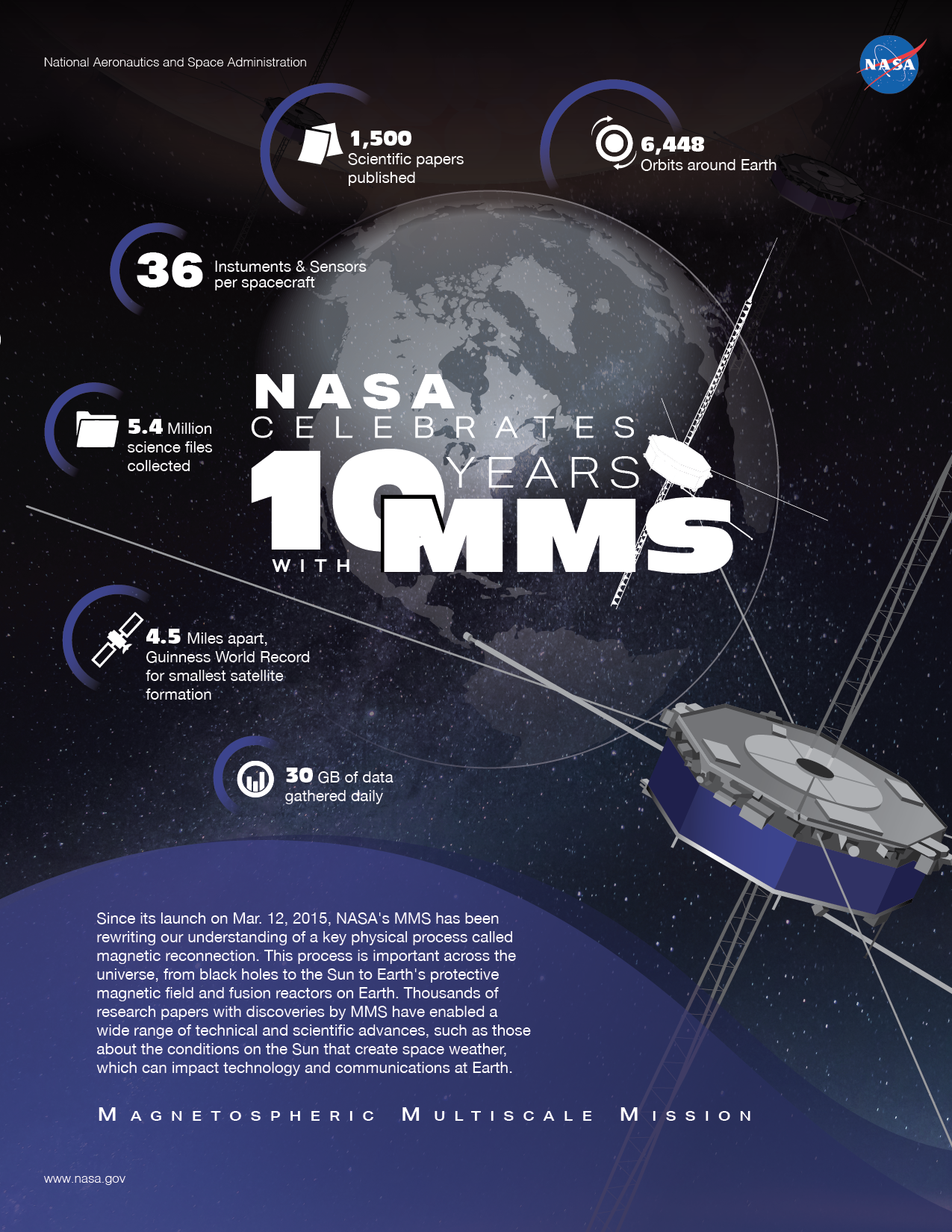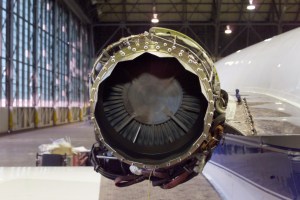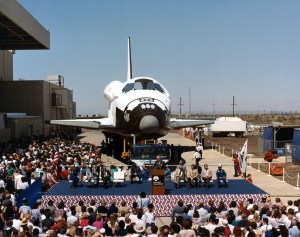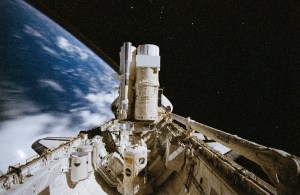The countdown for the first launch of the space shuttle program began on April 5, 1981, targeting liftoff five days later. Following their arrival at NASA’s Kennedy Space Center (KSC) on April 8, the STS-1 crew of Commander John W. Young and Pilot Robert L. Crippen practiced landings and reviewed their mission timelines. Mission managers scrubbed the first launch attempt on April 10 due to a computer software problem. The crew and the rest of the team prepared for a second attempt two days later.
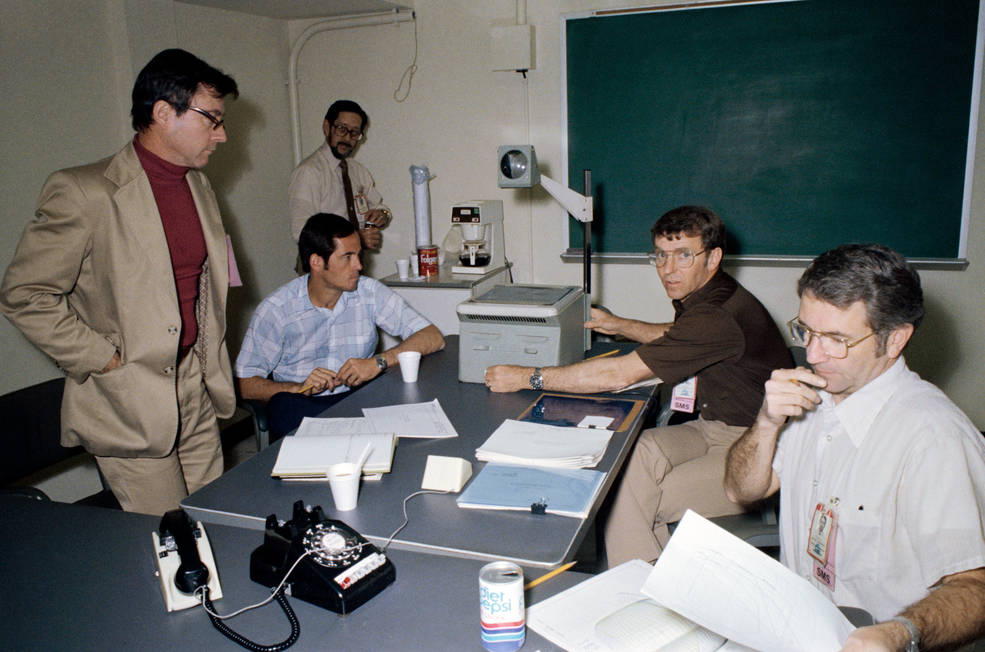
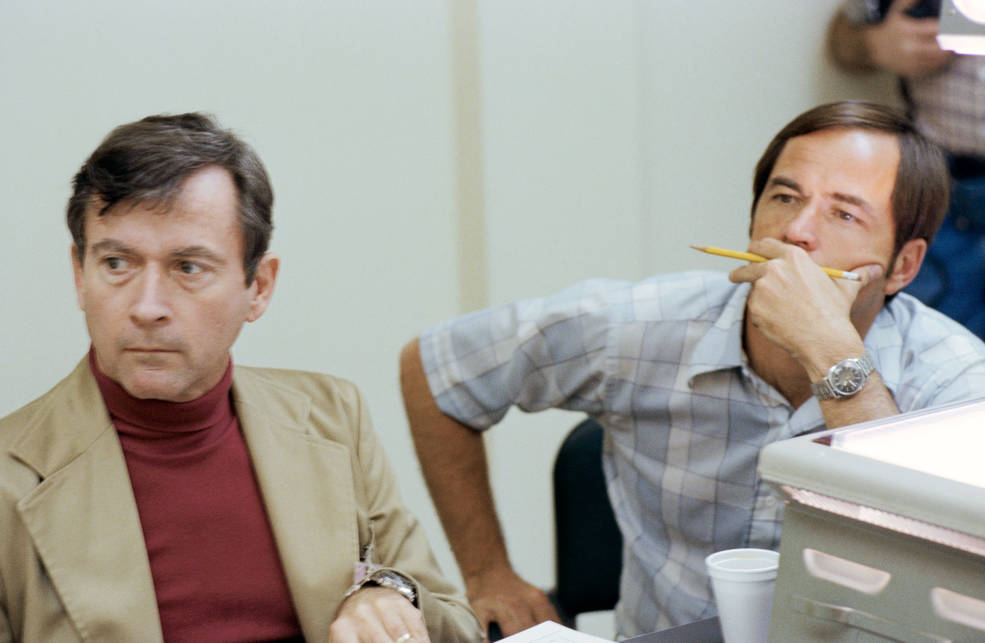
Left: STS-1 prime and backup crew members John W. Young, left, Robert L. Crippen, Joe H. Engle, and Richard H. Truly during a teleconference briefing at NASA’s Johnson Space Center in Houston two days before their departure for NASA’s Kennedy Space Center in Florida. Right: Young, left, and Crippen studying the briefing material.
At 11:30 p.m. ET on April 5, 1981, support crew astronauts Loren J. Shriver and Ellison S. Onizuka in the cockpit of Columbia on KSC’s Launch Pad 39A prepare the vehicle for Young and Crippen’s flight established communications between the shuttle and the Mission Control Center (MCC) at NASA’s Johnson Space Center (JSC) in Houston. Thus beginning the more than 4-day-long countdown for the launch of STS-1, planned to occur shortly after dawn on April 10. With the Rotating Service Structure (RSS) rolled into place around the shuttle on the pad, workers prepared the vehicle for its first flight by removing protective covers from windows and thrusters. Meanwhile, Young and Crippen, and their backups Joe H. Engle and Richard H. Truly, held their final briefings at JSC before departing for KSC for prelaunch preparations. Traveling in separate T-38 Talon aircraft, on April 8 they flew from Ellington Air Force Base (AFB) near JSC to Patrick AFB in Melbourne, Florida, near KSC.
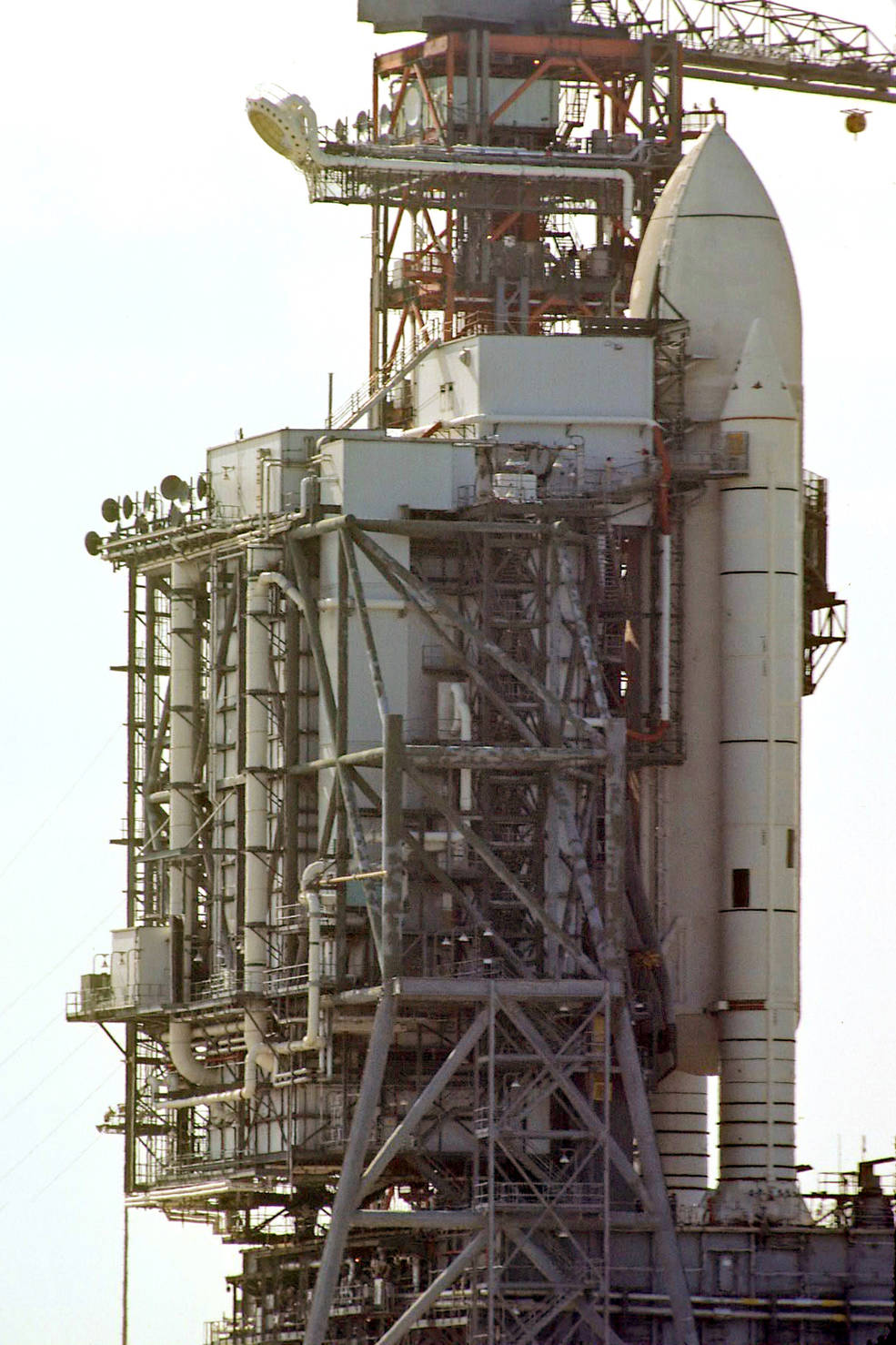
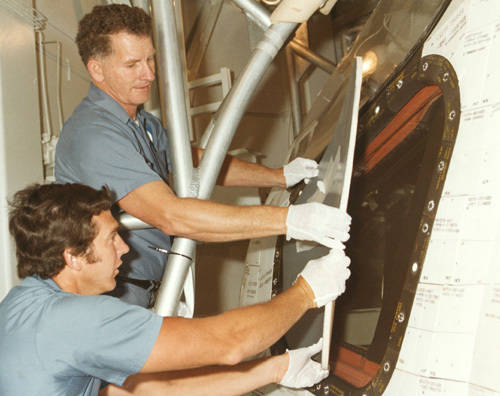

Left: Space shuttle Columbia on Launch Pad 39A at NASA’s Kennedy Space Center in Florida, with the Rotating Service Structure (RSS) in place to allow workers to access the vehicle. Middle: Working inside the RSS, technicians Mike Parrish, left, and Albert Baumgartner remove the protective coverings from Columbia’s cockpit windows. Image credit: Ed Hengeveld. Right: Inside the RSS, technicians Don Murray and Don Porterfield remove protective covers from the forward thruster nozzles in Columbia’s nose. Credit: Image courtesy of Ed Hengeveld
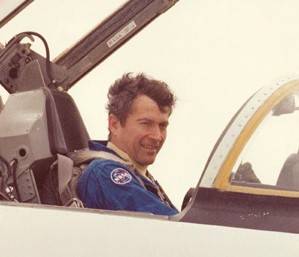
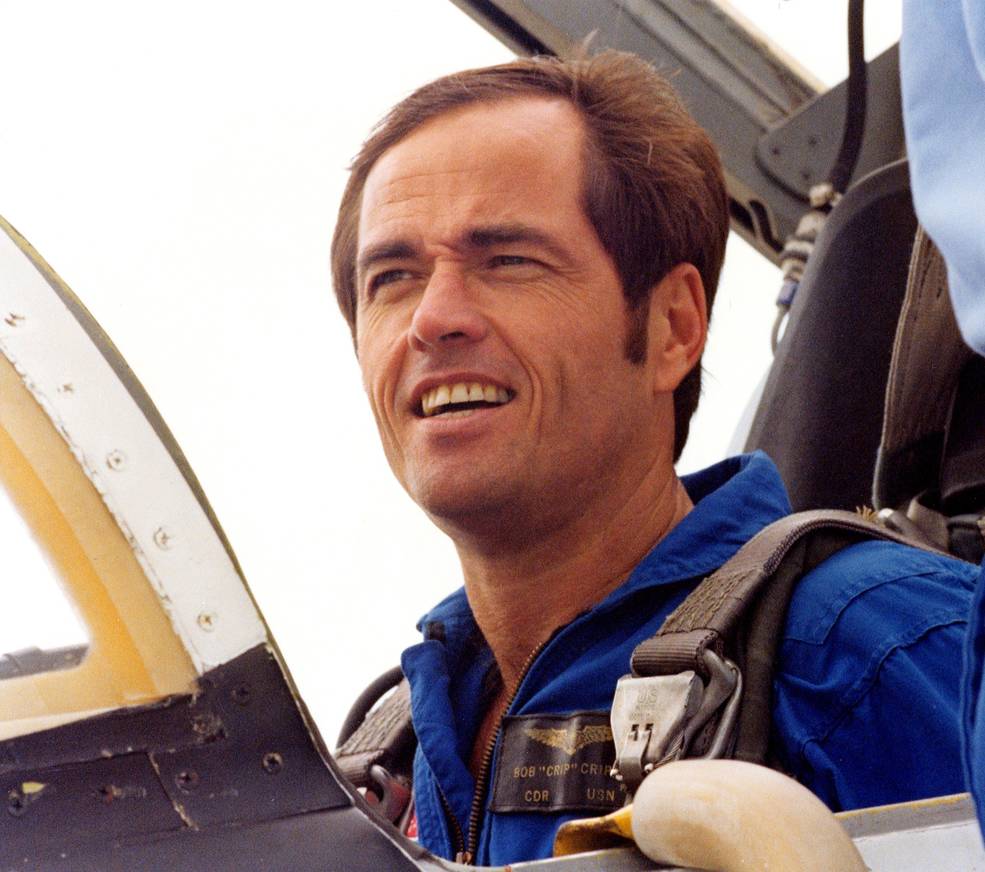
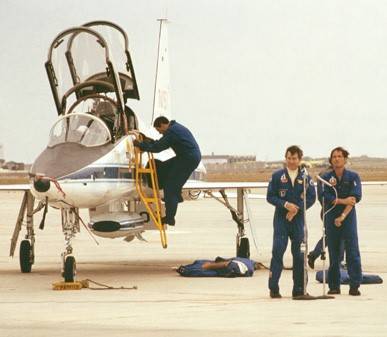
Left: STS-1 Commander John W. Young arrives at Patrick Air Force Base (AFB), Melbourne, Florida, in a T-38 Talon for the STS-1 launch. Middle: STS-1 Pilot Robert L. Crippen arrives at Patrick AFB in a separate T-38 for the STS-1 launch. Right: Young, left, and Crippen speak to reporters after arriving at Patrick AFB, as George W.S. Abbey, director of flight crew operations at NASA’s Johnson Space Center in Houston, climbs down the ladder. Credit: Image courtesy of Ed Hengeveld
The day after their arrival at KSC, Young and Crippen attended final briefings, and each flew about a dozen simulated landings at the Shuttle Landing Facility. They flew the Shuttle Training Aircraft, a Gulfstream II modified to simulate the handling characteristics of an orbiter during its final approach to the landing site. That evening, with much of the work on the shuttle vehicle completed, ground crews rolled back the RSS, revealing the space shuttle, its white external tank, and two solid rocket boosters.
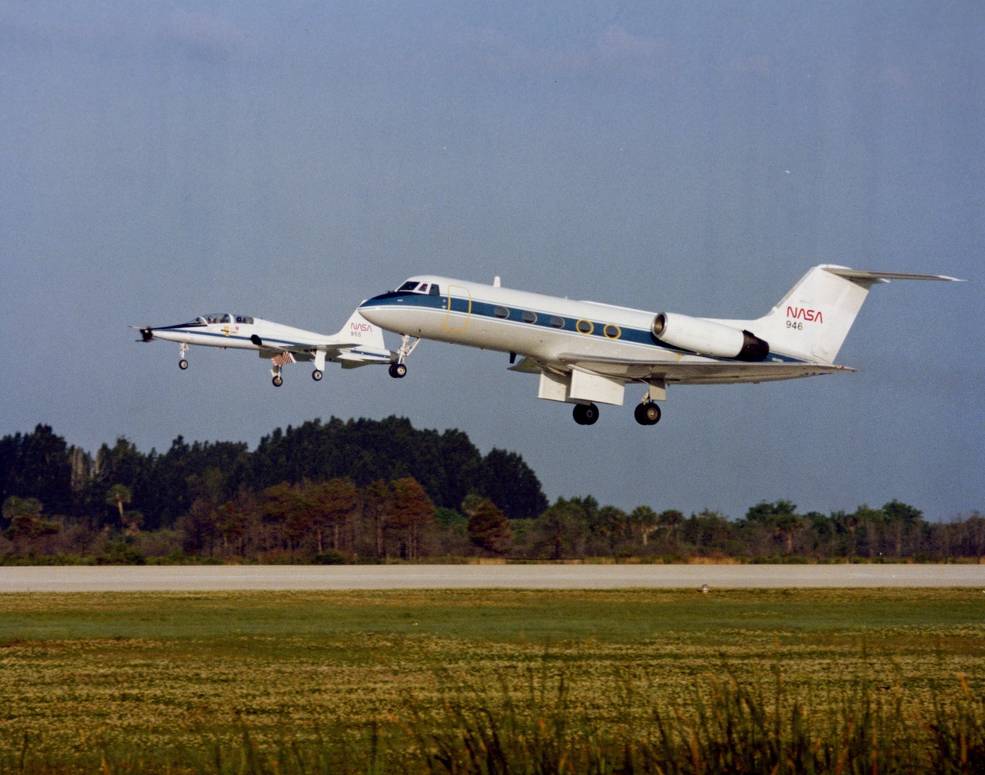
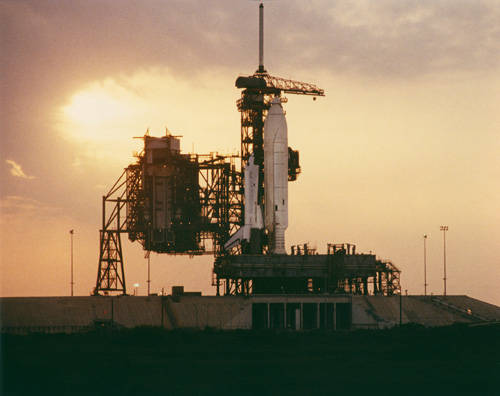
Left: STS-1 Commander John W. Young practicing landings using the Shuttle Training Aircraft (STA), a Gulfstream II modified to handle like a space shuttle, at the Shuttle Landing Facility at NASA’s Kennedy Space Center in Florida. Right: With the Rotating Service Structure rolled back, the space shuttle stack is visible on Launch Pad 39A, the evening before the first launch attempt. Credit: Image courtesy of Ed Hengeveld
As the countdown proceeded smoothly, and engineers filled the large external tank with super cold liquid hydrogen and liquid oxygen, Launch Test Director Norman Carlson instructed personnel in the crew quarters in the Operations and Checkout (O&C) Building to awaken Young and Crippen. After receiving a brief physical examination, they ate a traditional breakfast of steak and eggs with fellow astronauts and managers. Assisted by technicians, they donned their pressure suits and walked out of the O&C Building to the waiting astronaut van for the 15-minute ride out to Launch Pad 39A.
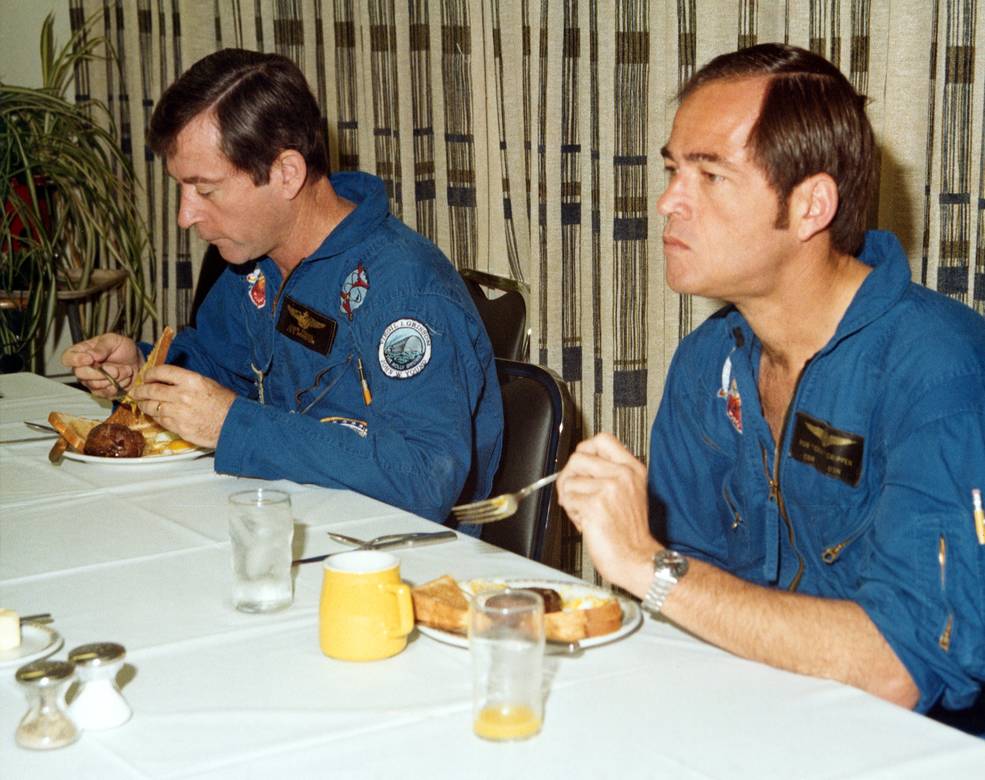
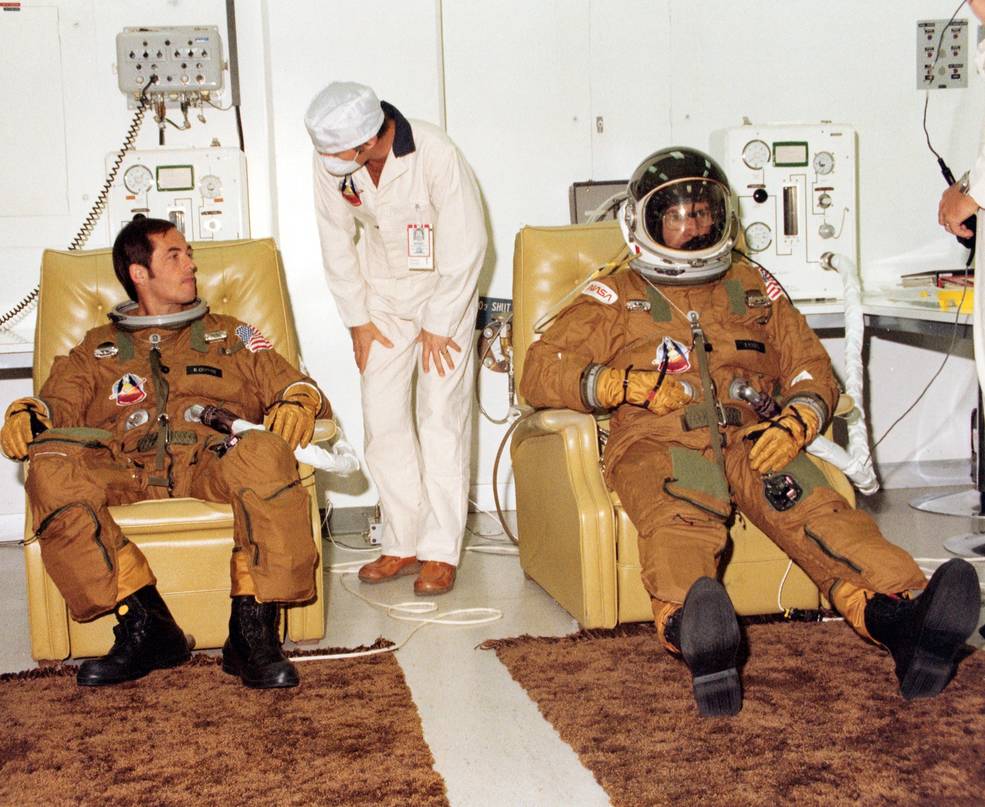
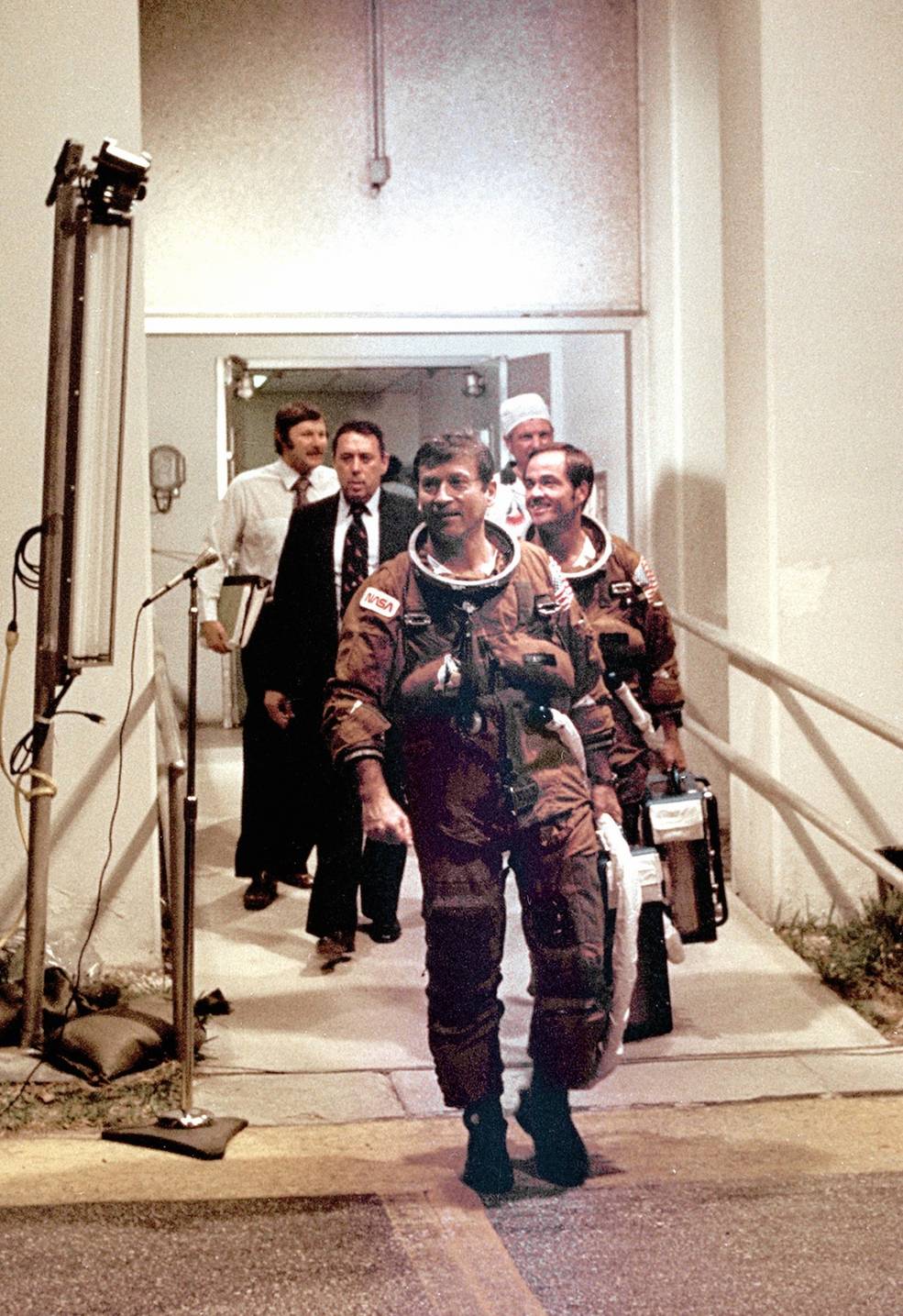
Left: STS-1 astronauts John W. Young, left, and Robert L. Crippen enjoying the traditional prelaunch breakfast on the morning of April 10, 1981, the first launch attempt. Middle: Crippen, left, and Young donning their pressure suits prior to the first launch attempt. Right: Young, front, and Crippen leaving the Operations and Checkout Building for the ride to the launch pad for the first launch attempt.
Young and Crippen arrived at the pad about two and a half hours before the scheduled liftoff, took the elevator to the crew access arm level and entered the White Room, where technicians assisted them into Columbia. Support astronaut Shriver, inside the vehicle to ensure all the control switches were in the correct settings, helped Young and Crippen strap into their seats in the cockpit.
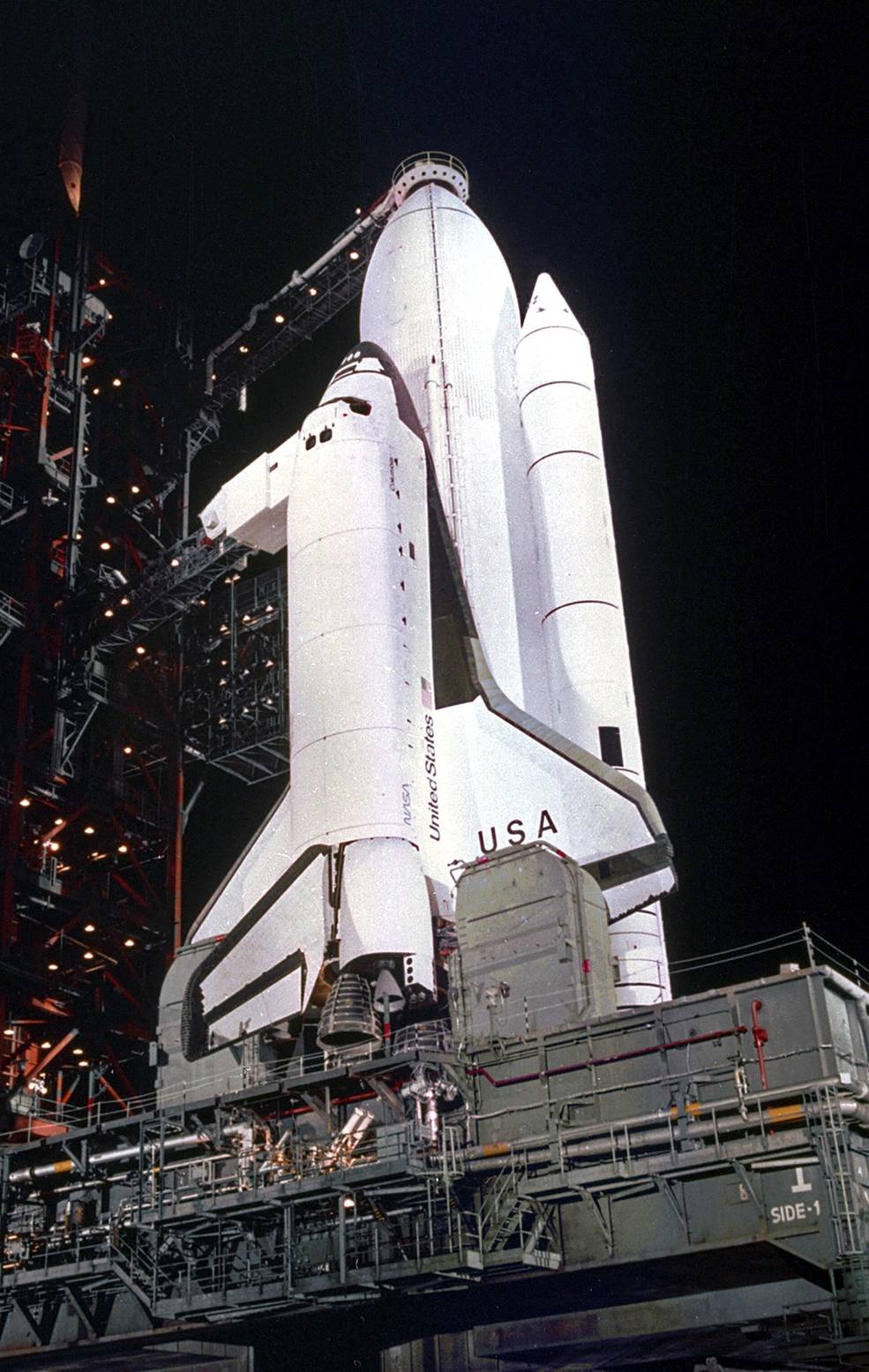
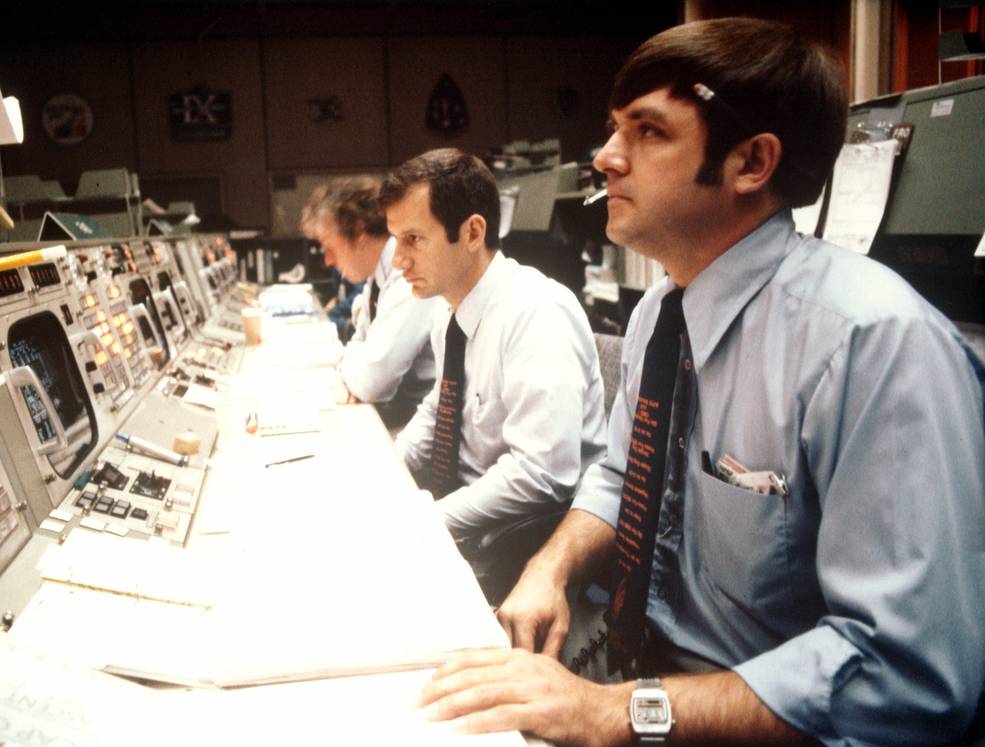
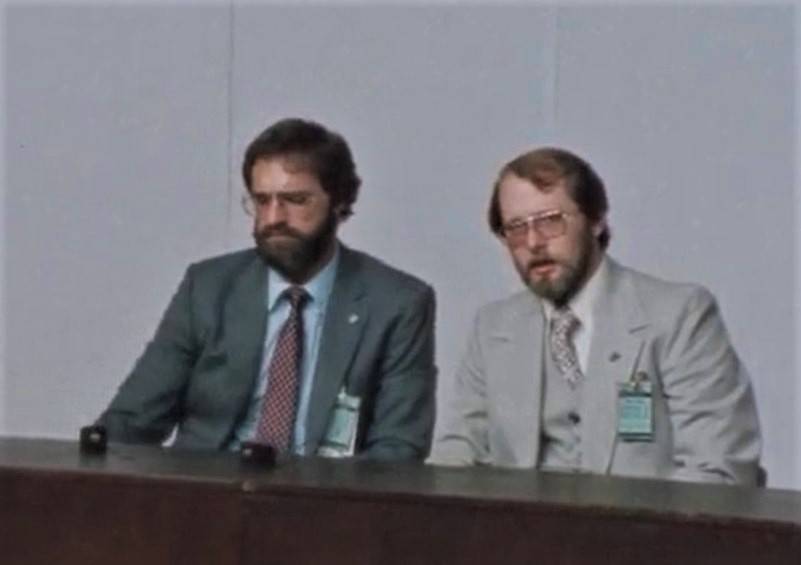
Left: Space shuttle Columbia on Launch Pad 39A awaiting its crew for the first launch attempt on April 10, 1981. Middle: In the Mission Control Center at NASA’s Johnson Space Center in Houston, capsule communicators Terry J. Hart, left, and Daniel C. Brandenstein react to the decision to scrub the launch attempt at T minus 9 minutes. Right: Flight Director Neil B. Hutchinson, left, and data processing system officer Brock R. “Randy” Stone discuss the launch scrub decision with reporters.
When the countdown resumed after the planned hold at the T-minus 20-minute mark, controllers switched Columbia’s computers to launch mode. Data Processing System (DPS) Officer Brock R. “Randy” Stone noticed that the four primary computers transitioned properly, as did the fifth backup computer, but the backup computer couldn’t communicate with two of the primary units. Columbia could not launch in that configuration. At first thinking the problem lay with the backup computer, engineers recycled all five units to their previous mode, and all the computers communicated well. But Stone didn’t understand what caused the problem and therefore couldn’t rule out it recurring during the flight. He informed ascent Flight Director Neil B. Hutchinson that DPC was no-go for launch, even if the computers worked well when they transitioned back to flight mode. And in fact, during the second transition to the flight mode, the computers once again did not communicate properly. The countdown clock held at the T-minus 9-minute mark as engineers worked to resolve the problem, but without an immediate solution, Hutchinson called for a scrub, and KSC Launch Director George F. Page halted the countdown a little more than three hours after the original liftoff time. After nearly six hours in the cockpit, a disappointed Young and Crippen climbed out of Columbia and returned to the O&C Building. It took engineers one day to determine that the primary computers had a 40-millisecond timing problem –easily fixed by updating the software. Young and Crippen spent the next day practicing more landings with the STA and prepared for the second launch attempt on April 12.
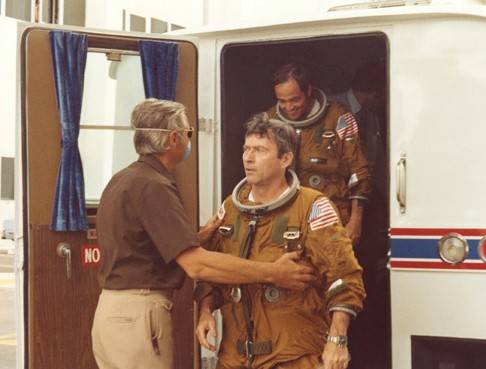
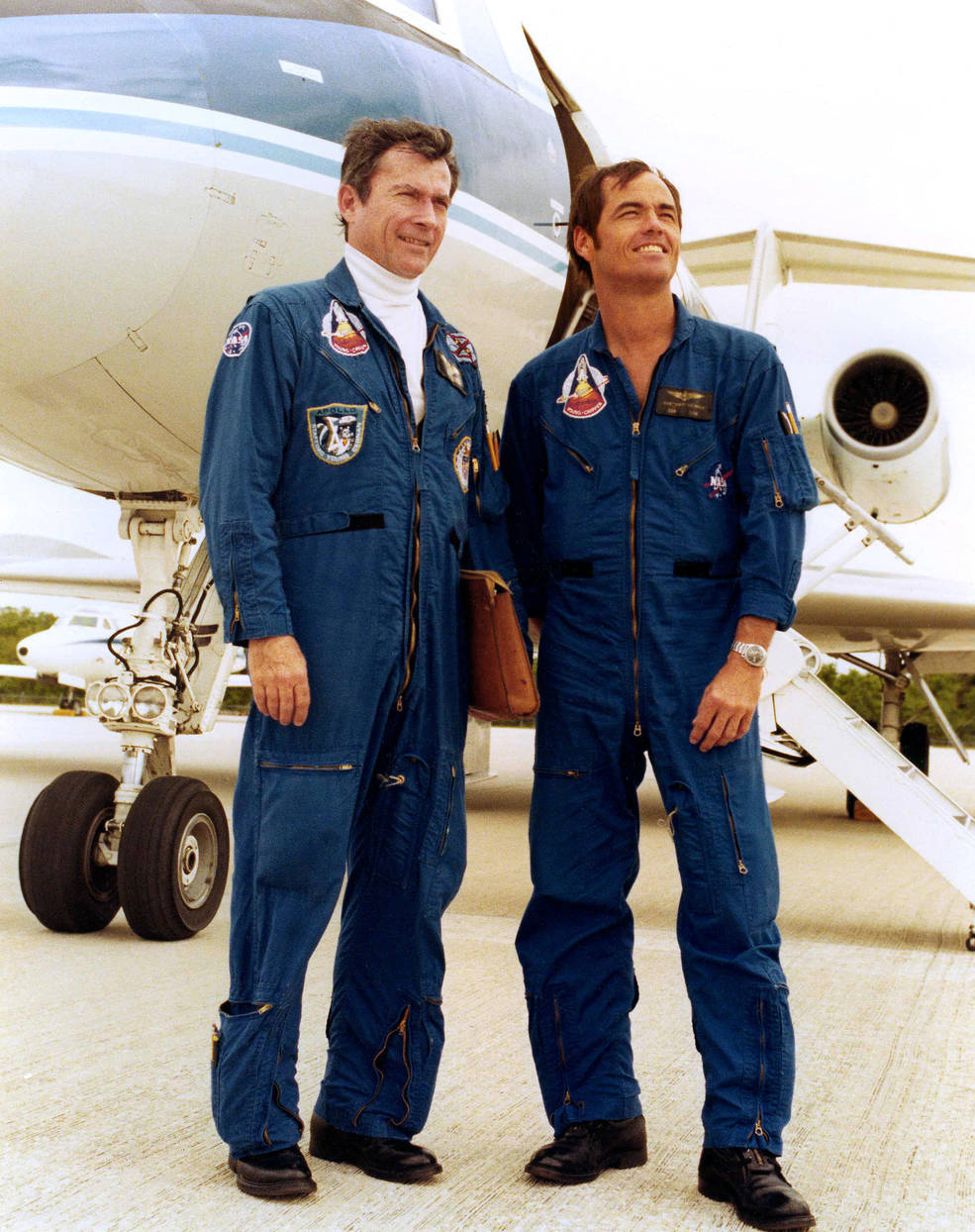
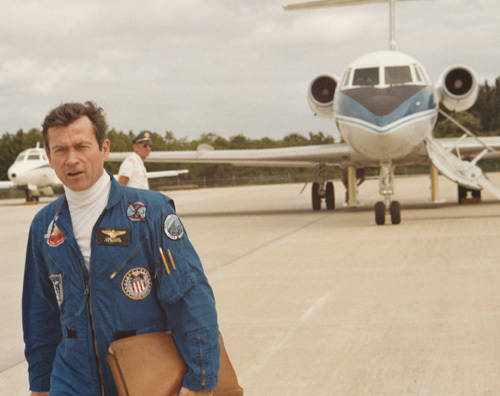
Left: Suit technician Jim Schlosser greets STS-1 astronauts John W. Young, left, and Robert L. Crippen as they exit the astronaut van upon their return to the Operations and Checkout Building following the April 10, 1981 launch scrub. Middle: Young, left, and Crippen pose in front of the Shuttle Training Aircraft (STA) the day after the launch scrub. Right: Young leaving the STA, already thinking about the next day’s second launch attempt.






